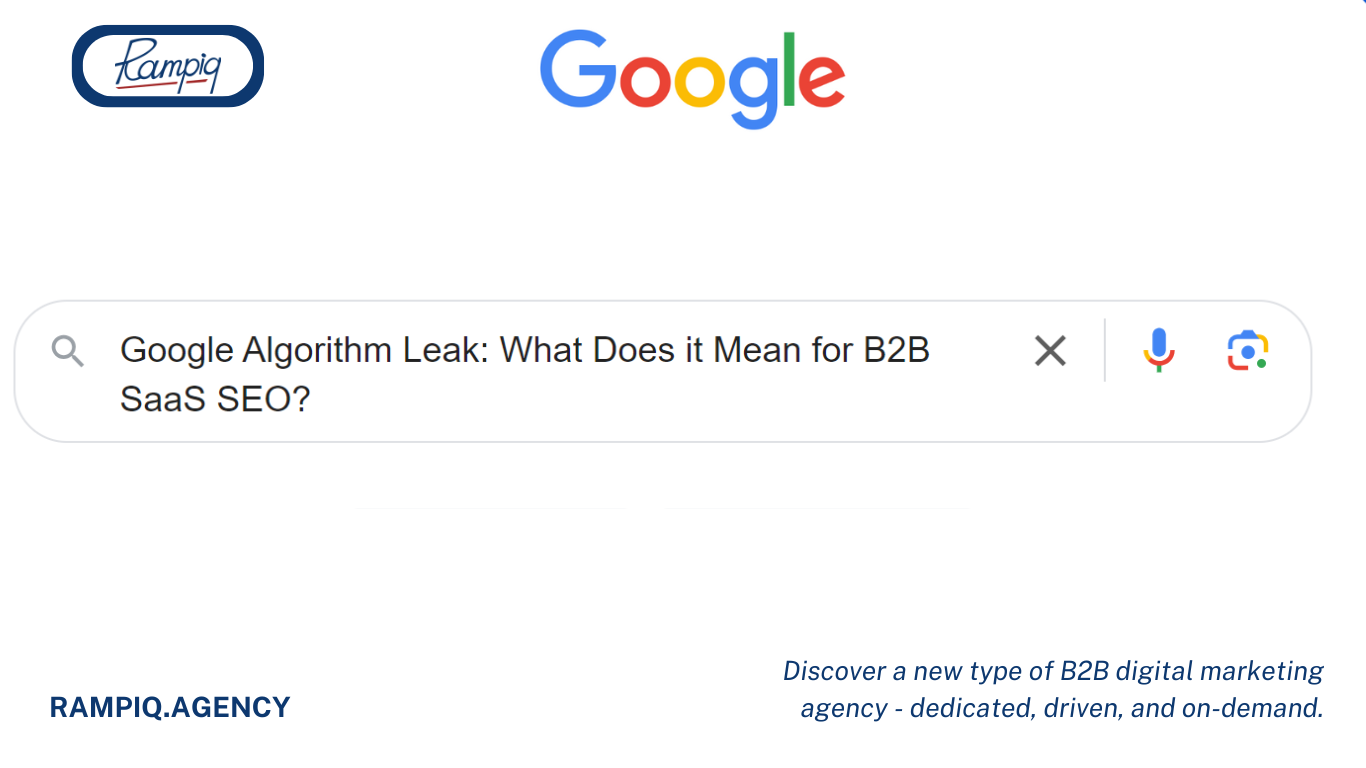How to align the teams and start building your Growth Department?
What can you do as the SaaS CEO, founder, or senior executive to actually align teams together?
First of all, that’s the structure behind your actions which is really important. And we saw these three pillar principles that really help align SaaS marketing and sales teams together.
Pillar #1: Proper Analytics Systems
Numbers don’t lie. And using data and specific numbers is one of the best ways to turn all heads in one direction – Growth.
The caveat here is that you need to know your real numbers. Proper web analytics setup and integration of all your marketing data with CRM data will give your teams a common ground and they will start looking at their results from a united, aligned perspective.
Note: from our experience, it is very important to integrate marketing and CRM data properly. Even if you have some default integration settings enabled in your CRM, we highly recommend reviewing them. Typically, they don’t work well when used as an out-of-the-box solution and cause lead attribution confusion that you definitely don’t need, as these mixed signals can mess up marketing decisions.
Pillar #2: CRM statuses alignment
Both marketing and sales teams need to have a common language to discuss the customer journey and sales cycle stages. And usually, the most effective way to design it is to align around the statuses that a prospect or a lead has in your SaaS CRM workflows.
It’s not that obvious from the very beginning, but the more we talk to the marketing and sales teams, the more we see the misunderstanding of the leads’ statuses as they move along the sales cycle stages.
Here are some most common questions we address when we facilitate SaaS marketing and sales teams’ alignment:
- What is an SQL? How do we define that specifically for our business?
- What is a Not a Fit lead? How can we describe this type of leads in my particular organization?
- What is the Sales Accepted Lead in my particular case?
Having clear, precisely defined statuses helps both teams communicate quicker and more effectively.
And again, using the default workflows and default statuses in a CRM like Hubspot or Salesforce without having such a glossary brings your teams into trouble. We recommend applying customized CRM statuses that are tuned up to your specific SaaS product customer journey and sales cycle stages.
Note: we highly recommend documenting these statuses in a form of an internal glossary (this can be a document describing what exactly each status in your CRM workflows means). And we also recommend arranging a joint training session where both teams can review the statuses’ definitions together, ask questions, and then use these statuses in their everyday work.
Pillar #3: Results evaluation culture
Here we mean establishing a way to have an open conversation about results. If you have your various marketing channels, measurement systems, and CRM terms and statuses glossary in place, the last but probably the most important thing is to build the results evaluation culture. This is an essential pillar of bringing your sales and marketing teams on the same page.
Results analysis needs to happen on a regular basis, and, ideally, this needs to be an open conversation. We often saw people from sales and marketing teams being not really in a great level of trust with each other. Looking at the same numbers together is the first step in building this trust.
Joint meetings where everybody understands the data that they are looking at tend to turn into very productive and actionable follow-ups that drive momentum. We saw these meetings as a great way to unite the effort and let SaaS companies grow faster and more sustainably.
Main article: Ultimate Guide to SaaS Metrics That Matter in Q4 2022







